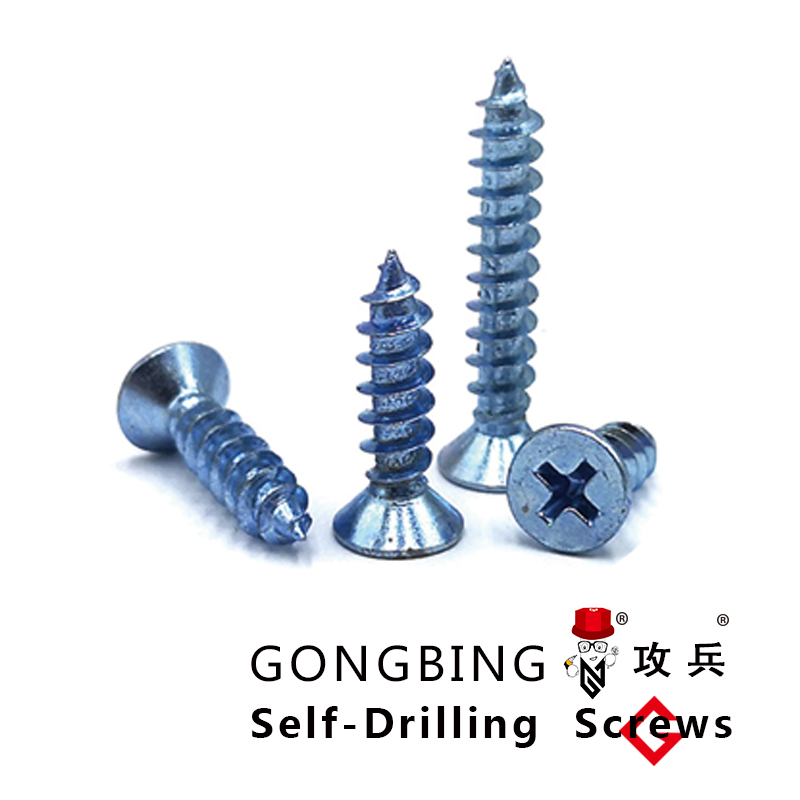masonry chemical anchors
Understanding Masonry Chemical Anchors A Comprehensive Overview
Masonry chemical anchors play a crucial role in the construction and renovation of buildings, providing a reliable means of securing various fixtures, equipment, and structural elements to masonry substrates such as brick, concrete, and stone. These anchors are specifically designed to cater to the unique requirements of masonry materials, ensuring strong, durable, and corrosion-resistant connections that can withstand various loads and environmental conditions. In this article, we will explore the types of masonry chemical anchors, their applications, benefits, and installation process.
Types of Masonry Chemical Anchors
Masonry chemical anchors typically consist of a two-component adhesive system, usually an epoxy or a polyester resin, which is used to bond the anchor to the masonry substrate. The anchors themselves come in various forms, including
1. Expanding Bolts These are designed to expand upon installation, creating a tight fit within the drilled hole. They are particularly useful in hollow brick or block applications.
2. Threaded Rods Often used in more heavy-duty applications, threaded rods can be inserted into the epoxy and secured into the masonry to handle significant loads.
3. Stud Anchors A combination of a bolt and an anchor, stud anchors are inserted into the drilled hole with adhesive and provide significant holding power for both tensile and shear loads.
4. Sleeve Anchors These are versatile and can be used in both solid and hollow masonry, providing a secure connection when the sleeve expands against the sides of the hole.
Applications of Masonry Chemical Anchors
Masonry chemical anchors have a wide range of applications across various sectors, including
- Structural Reinforcement Chemical anchors are often used to secure structural elements such as beams, columns, and frames to masonry structures, providing necessary support and stability.
- Equipment Mounting In industrial and commercial settings, chemical anchors are used to mount heavy machinery, racks, and shelving units securely to masonry walls.
- Facades and Cladding Masonry chemical anchors play a vital role in attaching cladding systems and facades to building exteriors, ensuring they remain securely attached over time.
- Signage and Fixtures These anchors are ideal for securing signs, lighting fixtures, and other architectural elements to masonry surfaces without compromising the structural integrity.
masonry chemical anchors

Benefits of Using Masonry Chemical Anchors
The advantages of masonry chemical anchors make them a preferred choice for many construction projects
- High Load Capacity Chemically anchored fixtures provide a significant holding strength, enabling them to support heavier loads than mechanical anchors in many cases.
- Corrosion Resistance Many chemical anchor formulations contain additives that enhance resistance to corrosion, making them suitable for outdoor applications and harsh environments.
- Versatility Chemical anchors can be used in various masonry materials and applications, from residential to commercial projects.
- Reduced Risk of Damage Unlike traditional mechanical anchors, which may cause cracks in masonry, chemical anchors bond to the substrate, minimizing the risk of damage during installation.
Installation Process
The installation of masonry chemical anchors involves several critical steps
1. Preparation Identify the location for the anchor, and gather the necessary tools including a drill, mixer, and cleaning equipment.
2. Drilling Use a hammer drill to create a hole in the masonry substrate, ensuring that the hole is clean and free from dust and debris.
3. Mixing the Adhesive Follow the manufacturer’s instructions to properly mix the chemical adhesive.
4. Inserting the Anchor Apply the adhesive into the hole, and insert the anchor, making sure it is fully seated.
5. Curing Allow the adhesive to cure for the specified time before applying any loads or stress to the anchor.
In conclusion, masonry chemical anchors are essential components in modern construction, providing robust solutions for securing fixtures to masonry substrates. Understanding their types, applications, benefits, and installation processes can help builders and contractors select the right products for their projects, ensuring safety and durability in their constructions.
-
Weatherproof Plastic Expansion Anchors for OutdoorNewsJun.06,2025
-
Sustainability in the Supply Chain: Eco-Friendly TEK Screws ProductionNewsJun.06,2025
-
Load-Bearing Capacity of External Insulation FixingsNewsJun.06,2025
-
Double Head Bolts: Enhancing Efficiency in Industrial MachineryNewsJun.06,2025
-
Corrosion Resistance in Chipboard Screws: Coatings for Wholesale DurabilityNewsJun.06,2025
-
Butterfly Toggle Bolts : Enhancing Structural ResilienceNewsJun.06,2025
